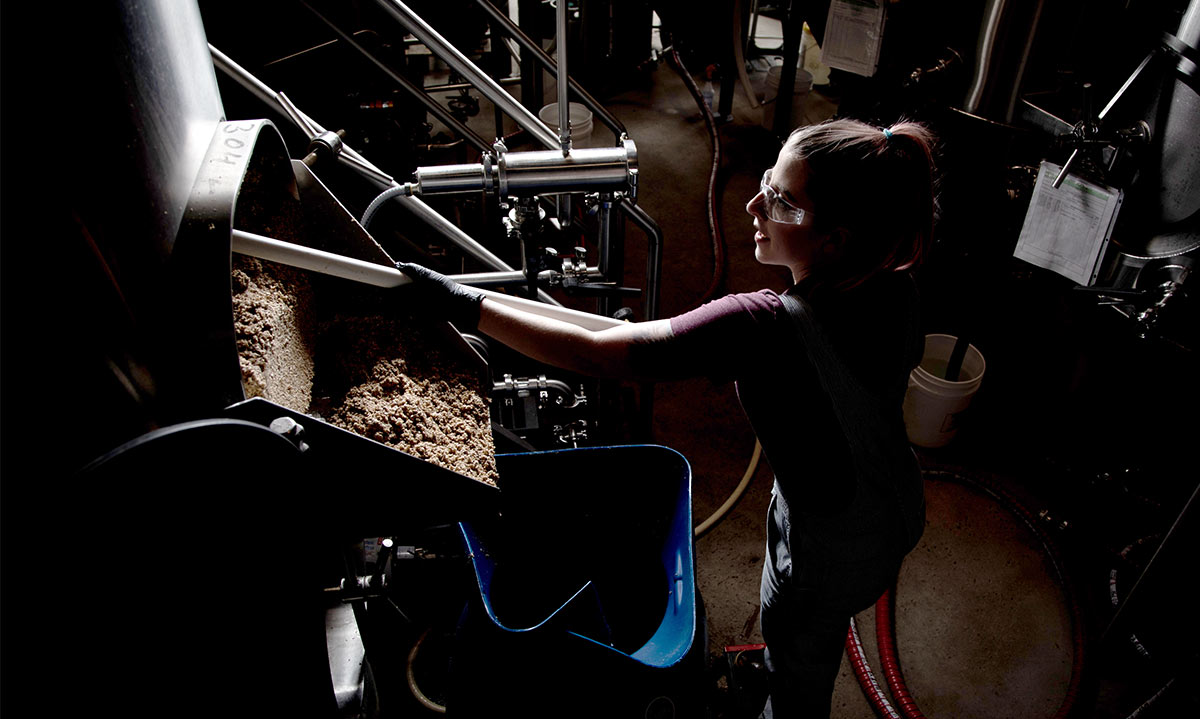For the first time, the Brewers Association (BA) is reporting on brewery employee diversity data.
The BA, publishers of CraftBeer.com, is a trade association that aids craft breweries in many areas, like supporting technical advancement, organizing events, and offering a depth of services that help their member breweries run their businesses.
Data and reporting is among those member services because it gives business owners insight. Bart Watson, the BA’s chief economist, is lead on analyzing data and interpreting it.
The BA added employee diversity benchmark questions to its annual member survey, and this is where the brewery employee diversity dataOpens in new window the organization delivered today came from.
What motivated the BA to compile and present brewery employee diversity data?
“The simplest reason for benchmarking this data is that you can’t measure future change unless you know where you are to begin with,” Watson writes.
The survey results aren’t incredibly surprising, finding the majority of people who work in breweries are white men. Let’s look at a few of the other findings.
(READ: Rust Belt Breweries Create Pint Glass Half-Full Optimism)Opens in new window
Tidbits from BA Brewery Employee Diversity Data Survey
There’s a strong male presence among brewery employees who hold the title of brewer; about 7.5 percent of the staff of reporting breweries employed a female in the brewer role.
Female representation among craft brewery employees grows to around 37 percent in the “non-production, non-service” staff roles. The segment that employs the most women is the brewery service staff (54 percent).
The survey also asked breweries about the ethnicity of their employees. Eighty-eight percent of the people who own craft breweries are white, while American Indian or Alaska Native make up 4 percent, Asian and Hispanic both at 2 percent, and Black brewery owners make up 1 percent.
The ethnic make-up gets a tad more diverse when you look at employees in non-brewing roles on production staffs; Hispanic brewery employees making up 7 percent of non-brewing production staffs and black employees 3.5 percent. On brewery service staffs, the survey says Hispanic employees make up about 7.5 percent, while black employees a little over 4 percent.
Watson lays out more data points in his articleOpens in new window on BrewersAssociation.org; the data is member-only content. You can also get a few more findings from BA Craft Beer Program Director Julia Herz in her article “The Diversity Data Is In: Craft Breweries Have Room and Resources for ImprovementOpens in new window.”
(GRAPHIC: Gold Medal-Winning IPAs)
Survey Results Provide Benchmarks
As Watson references, the brewery employee diversity survey data is meant to provide the industry with benchmarks so that leaders who are interested in diversifying staff can measure if their efforts are working when the BA collects survey results in the future.
“You can’t measure future change unless you know where you are to begin with.” Bart Watson, Brewers Association Chief Economist
Brewery owners, craft beer community leaders, the BA, state guilds, and other businesses who support small and independent brewers are already working toward creating a more diverse industry.
We’re seeing beer festivals that celebrate women, like Beers With(out) Beards in New York and FemAle Brew FestOpens in new window in South Florida. Fresh Fest, the beer festival and symposium that brings together black and Hispanic brewers and beer lovers held its second annual event this month.
Diversity committees are active at the state level, like inside the Massachusetts Brewers Guild, as well as the national level at the Brewers Association. (You can read more about the BA’s diversity efforts in Julia’s article.)
A recent articleOpens in new window in the Boston Globe discussed diversity in craft beer (the article published a few weeks ago, so it did not include the BA’s new data). The Massachusetts Brewers Guild along with its executive director Katie Stinchon wrote a response aiming to show that they’re working toward creating a more diverse employee and fan base–a sentiment that other industry leaders have voiced.
In the guild’s response, which we published on CraftBeer.com, the board writes: “Beer has a history of bringing people together and raising our game, helping us to break down barriers and build bridges. Let’s continue to inspire one another and broaden the circle of craft beer, one pint at a time.”
CraftBeer.com is fully dedicated to small and independent U.S. breweries. We are published by the Brewers Association, the not-for-profit trade group dedicated to promoting and protecting America’s small and independent craft brewers. Stories and opinions shared on CraftBeer.com do not imply endorsement by or positions taken by the Brewers Association or its members.


Share Post